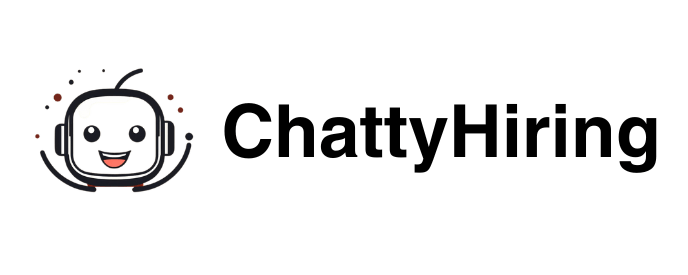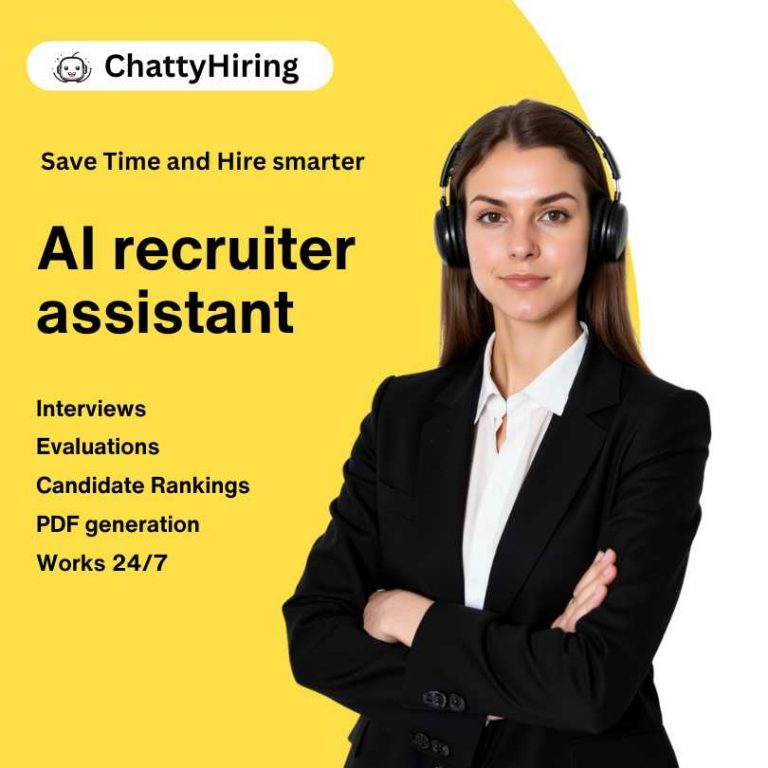AI simulations for recruitment use advanced technology to create realistic scenarios that evaluate a candidate’s skills, behavior, and problem-solving abilities in ways traditional methods cannot. They offer a deeper, more objective insight into how candidates perform in job-related tasks, making hiring decisions more accurate and effective. This approach moves beyond resumes and standard interviews, focusing on real-world performance.

These simulations can adapt dynamically, presenting job-specific challenges that reflect actual work situations. Companies using AI simulations benefit from standardized assessments, reduced bias, and the ability to efficiently screen large numbers of candidates while engaging talent in an interactive process. This technology is growing rapidly as organizations seek smarter, data-driven hiring solutions.
With the workforce increasingly expecting digital and fast recruitment experiences, AI simulations align well with these preferences. They also allow recruiters to gain clearer insights into a candidate’s technical and soft skills, helping identify the best fit for a role across various industries and roles. For those interested in improving hiring quality and efficiency, understanding AI simulations is essential. Learn more about how this technology transforms recruitment in this article. For detailed insights, see AI simulations for recruitment.
How AI Simulations Are Revolutionizing Recruitment

AI simulations transform traditional hiring by integrating advanced technology to assess candidates more precisely and fairly. These tools combine data-driven insights, behavioral analysis, and automation to streamline recruitment and improve decision-making at every stage.
Role of Artificial Intelligence and Machine Learning
Artificial intelligence (AI) and machine learning (ML) power simulations by creating adaptive, realistic assessment scenarios that evaluate candidates beyond paper qualifications. AI algorithms analyze candidate responses in real time, adjusting scenarios to probe relevant skills and behaviors.
Machine learning continuously improves these simulations by learning from past hiring data, refining predictive models that anticipate candidate success. This dynamic approach enables recruiters to move past static resume parsing toward deeper cognitive and technical skill evaluations.
By embedding predictive analytics, AI simulations identify patterns linked to high performers, providing recruiters with actionable insights. This technology reduces manual screening time and elevates the quality of talent selection through objective, data-driven evaluations.
Enhancing Candidate Screening and Matching
AI-driven simulations automate candidate screening by assessing real-time problem-solving and role-specific skills. They replicate complex work situations, allowing candidates to demonstrate abilities usually hidden in resumes or interviews.
This automation handles large application volumes efficiently while maintaining tailored evaluations for different job functions. Role-specific customization ensures only candidates who meet competency thresholds advance, improving screening accuracy.
Candidate matching benefits from AI’s ability to analyze multi-dimensional data points, including technical skills, personality traits, and decision-making styles. This results in precise alignment between the candidate’s capabilities and the job’s requirements, reducing turnover risk and accelerating hiring cycles.
Bias Mitigation and Inclusive Hiring
AI simulations address unconscious bias by standardizing assessments based solely on candidate performance within defined scenarios. This removes subjective factors such as gender, ethnicity, and appearance from influencing evaluations.
The technology supports inclusive hiring through consistent criteria application and helps identify any bias present in historical data. Regular audits and algorithm updates mitigate risks that AI might unintentionally perpetuate biased patterns.
Furthermore, AI can assist in crafting inclusive job descriptions by analyzing language that might deter diverse applicants, ensuring wider and more equitable candidate pools. These steps foster fairness and compliance with diversity goals while maintaining high recruitment standards.
Improving Candidate Engagement and Experience
AI simulations create interactive, game-like environments that keep candidates engaged by offering clear, immediate feedback. These engaging experiences appeal particularly to digitally native generations who favor interactive and transparent hiring processes.
Automation facilitates smooth communication, including scheduling and progress updates, which keeps candidates informed and reduces dropout rates. The technology also supports multiple communication channels like AI chatbots and messaging platforms to maintain constant contact.
By mimicking real job challenges, simulations provide candidates clarity on job expectations, enhancing preparedness and reducing early attrition. This immersive approach improves overall candidate experience and strengthens employer branding through a modern, respectful recruitment process.
For more on how AI transforms recruitment, see AI simulations for skill-based hiring.
Practical Applications and Future Impact of AI Recruitment Simulations

AI recruitment simulations offer detailed, skill-based evaluations that differ significantly from traditional interview formats. These simulations integrate advanced technologies to assess candidates dynamically, often improving engagement and decision quality. Organizations can use various AI tools to automate parts of the hiring process, enabling more data-driven talent acquisition strategies and clearer measurements of recruitment outcomes.
Simulations vs. Traditional Hiring Methods
Traditional hiring often relies on resumes, interviews, and reference checks, which can be subjective and time-consuming. AI simulations create interactive, gamified or scenario-based tests reflecting real job tasks. This approach provides objective insights into a candidate’s abilities, revealing skills and behaviors not easily assessed in standard interviews.
Unlike traditional methods, simulations reduce unconscious bias by standardizing candidate evaluation based on performance. They can also improve candidate experience by making assessments more engaging and inclusive. However, some roles or skills may still require traditional personal interactions for soft skills evaluation.
Popular AI Tools and Technologies
AI recruitment simulations use several technologies, including:
- Natural Language Processing (NLP) for chatbots that guide candidates or answer questions in real time.
- Virtual Reality (VR) environments for immersive skill testing linked to specific job functions.
- Machine Learning algorithms to analyze candidate responses and predict suitability based on performance data.
These tools enable recruiters to filter candidates efficiently and gain deeper insights into potential hires. Chatbots help maintain engagement during application phases, increasing completion rates. Technology adoption varies by industry but is rapidly expanding as companies seek scalable, consistent recruitment solutions.
Measuring Success and ROI
Success measurement in AI recruitment simulations focuses on both process efficiency and hire quality. Metrics often tracked include:
- Time-to-hire reduction compared to traditional methods.
- Candidate performance scores and progression post-hiring.
- Cost savings from automated screening and reduced human bias.
Return on investment (ROI) depends on improved hiring outcomes like better employee retention and faster onboarding. Companies using these simulations report enhanced data accuracy for decision-making and more precise matching of candidate skills to role demands. Continuous monitoring is necessary to adjust simulation parameters and ensure alignment with business goals.
More detailed evaluation of AI hiring tools can be found in research on AI-based recruitment strategies and real-world applications of AI simulations.
-

A passionate advocate for the future of HR innovation. With expertise in leveraging AI to revolutionize recruitment processes, Carlos has a clear vision: empower HR teams while creating meaningful candidate experiences.
View all posts





